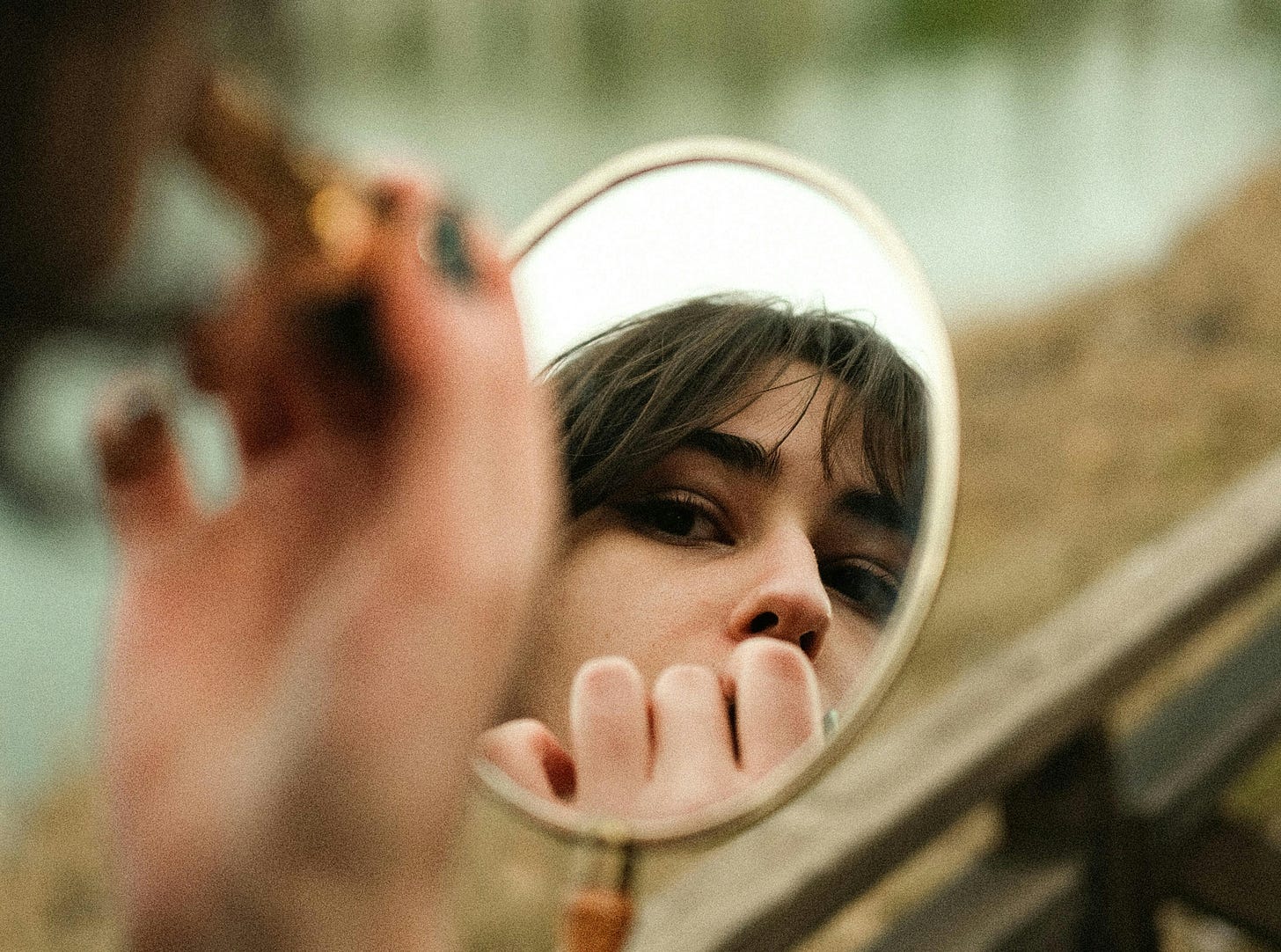From Body Loathing and Dysmorphia to Body Neutrality and Embodiment
Reflections on Healing the Relationship We Have with Our Bodies

Body Dysmorphia is a term young people are throwing around lately. It comes from the condition Body Dysmorphic Disorder (BDD), a mental health condition where you can’t stop thinking about one or more perceived flaws or defects in your appearance, typically a flaw that appears minor or can’t even be seen by others.
People…
Keep reading with a 7-day free trial
Subscribe to Nourishing Words with Heidi Schauster to keep reading this post and get 7 days of free access to the full post archives.


